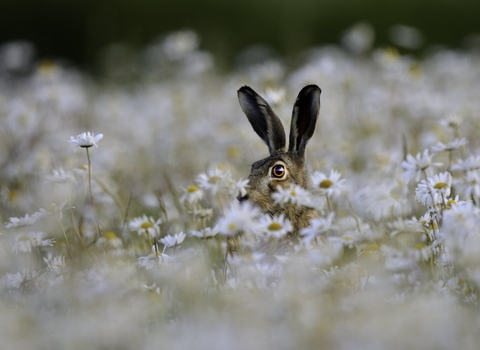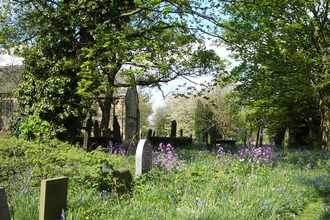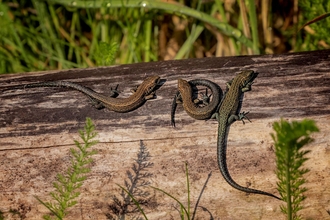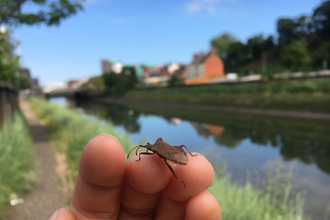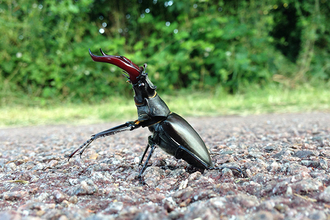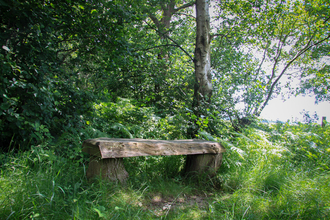Town and village greens, ponds, woodlands and churchyards all play an important role in linking habitat to create a Nature Recovery Network. Even the smallest of actions can have a big impact. In this area of the website you will find ideas for improving your local green spaces along with examples of how community action is helping to turn around the fortunes of species in decline.
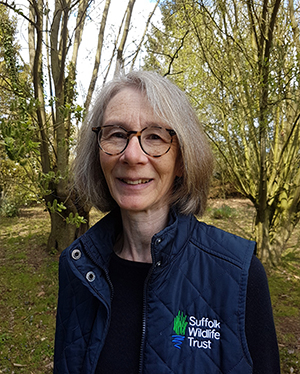
If you would like to arrange an advisory visit to your Community Green Space, churchyard or Parish Council land contact Cathy Smith or call us on 01473 890089.

